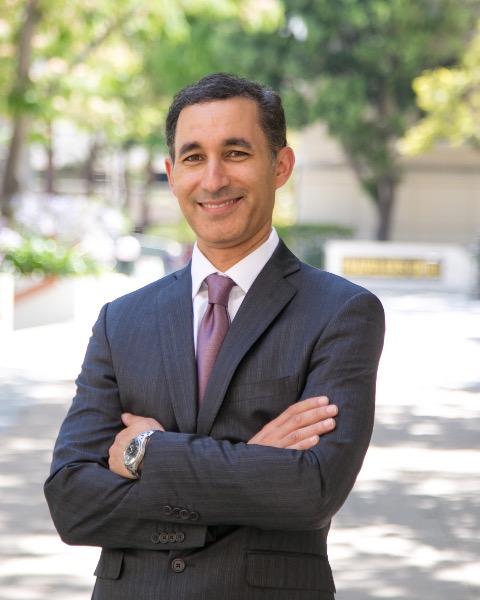Trauma/Reconstruction/Diversion
028IC - Urinary Diversion: Current Indications, Techniques and Management of Complications
-

Siamak Daneshmand, MD
Professor of Urology, Director of Urologic Oncology
University of Southern California -
MD
Matthew Dunn, MD
MD
UCLA -
.jpg)
Eila Skinner, MD (she/her/hers)
Department of Urology, Stanford University
Instructional Course Director(s)
Instructional Course Faculty(s)
Course Description: It is estimated that up to 80% of men and 65% of women undergoing cystectomy are suitable candidates for continent diversion by means of an orthotopic neobladder. However, the relative frequencies of continent and noncontinent urinary diversion from several series appear to differ widely from these figures. Recent studies show the frequency of urinary diversion by orthotopic ileal neobladder to be approximately 12%-15% nationwide, with the remaining 85% of patients undergoing ileal conduit. Most urologists perform only a few cystectomies annually. Unfortunately, many urologists default to an incontinent form of diversion due to lack of experience or training, or perception of higher complications rates with continent forms of diversion. There are a significant proportion of patients who would likely have an enhanced quality of life with a continent form of diversion. Recent studies suggest that many urology residency programs do not have sufficient volume to provide residents with enough experience in urinary diversion. The perceived notion that continent diversions are complex and thus have more complications is challenged. With enhanced knowledge of reconstructive options, practitioners may feel more comfortable making a collaborative decision with their patients undergoing urinary diversion.
This course will offer a detailed description of various forms of urinary diversions, including ileal and colon conduits, orthotopic neobladder and a variety of continent cutaneous diversions. The discussion will specifically focus on the techniques of reconstruction, appropriate patient selection and management of common complications, with video presentation of the orthotopic ileal neobladder and a right colon pouch with appendico-umbilicostomy/Indiana pouch. Patient outcomes based on published literature and personal experiences will be reviewed. We will also discuss management of complications encountered with various forms of diversion, with step-by-step instructions on techniques such as injection of bulking agents for stomal incontinence to endoscopic management of pouch stones. This course is suited for the urologist who wishes not only to expand the repertoire of urinary diversions offered to adult and pediatric patients, but also to refine techniques of managing common complications. It will also be suited for nurse practitioners and physician’s assistants who care for patients undergoing urinary diversion.
Learning Objectives:
- Select the best form of urinary diversion for a patient based on results of published outcomes studies.
- Compute current indications and contraindications for various forms of urinary diversion.
- Describe the complete anatomy of the various segments of intestine used for urinary diversion.
- Illustrate functional anatomy when creating a continence mechanism to ensure good outcomes with minimal side effects.
- Manage various complications that may arise from the different forms of urinary diversion medically, surgically and endoscopically.
